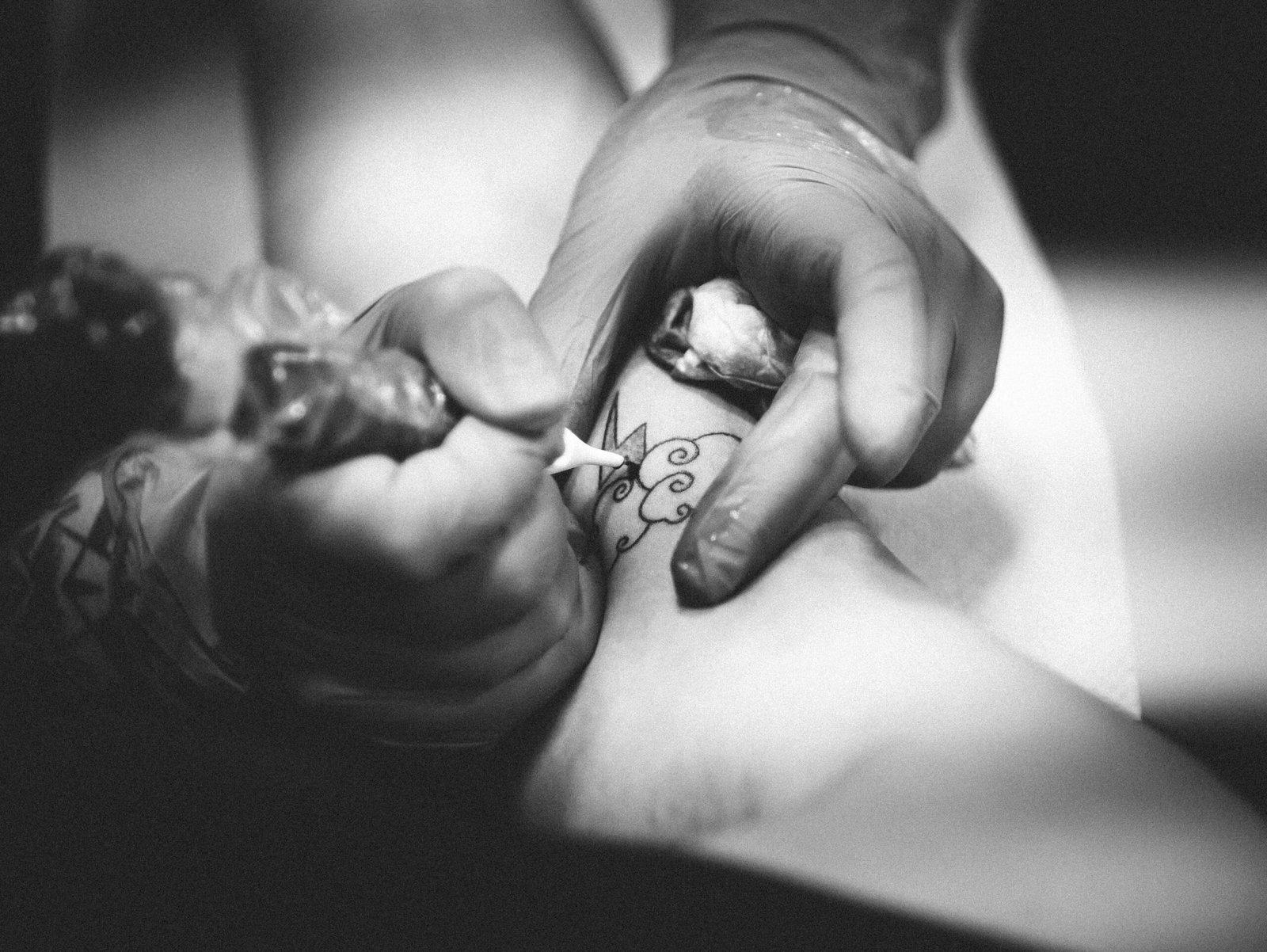Who is Not Suitable for Pico Laser Treatment
Pico Laser Treatment Overview
Pico laser treatment has rapidly gained popularity in the field of dermatology and cosmetic medicine for its efficacy and safety profile. This advanced laser technology utilizes ultra-short pulses of energy, known as picoseconds, to target various skin imperfections. Unlike traditional laser therapies, which rely on longer pulse durations, the Pico laser emits pulses in trillionths of a second. This not only ensures precise targeting of the area in need of treatment but also minimizes the risk of damage to surrounding tissues.
Pico laser treatment aims to address a myriad of skin concerns, including skin rejuvenation, pigmentation issues, and tattoo removal. It is highly effective in treating hyperpigmentation, such as melasma and age spots, by breaking down pigment clusters without inducing significant thermal damage. During tattoo removal, the laser’s short pulses fragment ink particles, which are then gradually eliminated by the body’s natural processes. This results in fewer sessions and less discomfort compared to traditional tattoo removal methods.
Moreover, for those seeking skin rejuvenation, Pico laser treatment offers remarkable benefits. The laser stimulates collagen production, which contributes to improved skin texture, reduced fine lines, and a more youthful appearance. The procedure is generally quick, with minimal downtime, allowing individuals to return to their daily activities with ease.
The technological sophistication of the Pico laser lies in its precision and efficiency. By emitting short bursts of energy, it can treat a spectrum of skin conditions with minimal invasiveness. The surrounding skin remains largely unaffected, thereby reducing the likelihood of side effects such as redness, swelling, or post-inflammatory hyperpigmentation.
In summary, Pico laser treatment represents a significant advancement in aesthetic dermatology, offering a versatile, effective, and safe solution for various skin concerns. Its ability to provide impressive results with minimal downtime makes it an appealing option for individuals seeking noticeable improvements in their skin’s appearance.
Contraindications and Health Conditions
Pico laser treatment, although highly effective in addressing various skin concerns, is not suitable for everyone. Certain health conditions and contraindications can make an individual unsuitable for this procedure, posing significant risks and potential complications.
One of the primary contraindications is the presence of active cancer. Patients undergoing treatment for or diagnosed with any form of active cancer are generally advised to avoid Pico laser treatment. The procedure could potentially exacerbate cancerous conditions or interfere with ongoing cancer therapies, posing considerable health risks.
Individuals with autoimmune diseases are also advised against undergoing Pico laser treatment. Autoimmune conditions, such as lupus or rheumatoid arthritis, can impair the body’s ability to heal properly. The laser treatment may trigger an immune response that could worsen the underlying condition or initiate an unwanted flare-up, leading to adverse effects.
Severe skin conditions, including eczema and psoriasis, particularly in the area targeted for treatment, also render Pico laser therapy unsuitable. Such conditions often indicate heightened skin sensitivity and compromised skin barrier functions. The laser’s intense pulses can aggravate these conditions, causing increased inflammation, irritation, and possibly permanent damage to the skin.
Other considerations include individuals with uncontrolled diabetes, as impaired wound healing and increased infection risk are prevalent in diabetic patients. Moreover, individuals with a history of seizures should also avoid Pico laser treatment, as the rapid light pulses might act as a trigger and induce a seizure episode.
Additionally, patients with keloid-prone skin, where scars grow excessively, should be cautious. The laser treatment can induce further keloid development rather than improve the skin’s appearance. Lastly, individuals currently experiencing severe acne outbreaks are often advised to wait until the condition is more controlled, as the laser may aggravate the acne.
It’s crucial that anyone considering Pico laser treatment consult with a qualified medical professional to thoroughly evaluate these health conditions and contraindications. Ensuring a comprehensive assessment helps in avoiding potential risks and achieving the most favorable outcomes from the treatment.
Skin Types and Tones
Pico laser treatment has gained popularity for its precision in addressing various skin concerns, including pigmentation, acne scars, and fine lines. However, not all skin types are equally suited for this procedure. One of the most critical factors to consider is the individual’s skin type and tone, as these elements can significantly influence the treatment outcomes and the likelihood of adverse reactions.
Skin types and tones are classified under the Fitzpatrick Scale, which ranges from Type I (very light, always burns, never tans) to Type VI (very dark, never burns). Notably, individuals with darker skin tones—specifically Fitzpatrick Scale IV, V, and VI—are more predisposed to experiencing complications from Pico laser treatments. This susceptibility is primarily due to the higher melanin content in darker skin, which can absorb more laser energy and lead to post-inflammatory hyperpigmentation (PIH).
Several clinical studies and expert opinions support this concern. For instance, a study published in the Journal of Clinical and Aesthetic Dermatology highlighted that patients with darker skin tones had a higher incidence of PIH following laser treatments. Similarly, dermatology experts Dr. Rebecca Fitzgerald and Dr. Eliot Battle emphasize that while Pico lasers are generally safe, their usage requires careful adjustment and consideration of the patient’s skin type and tone to minimize risks.
It’s crucial for those with darker skin tones to consult with an experienced dermatologist who understands the nuances of working with diverse skin types. Pre-treatment protocols, including skin testing and customized laser settings, can help mitigate some risks. Additionally, post-treatment care, such as the use of sunscreens and topical agents, is essential to manage and prevent pigmentation issues.
As the popularity of Pico laser treatments continues to grow, understanding the implications of different skin types and tones remains paramount. Proper assessment and individualized treatment plans are vital in ensuring safe and effective outcomes for all patients.
“`html
Lifestyle and Behavioral Factors
Certain lifestyle choices and behaviors play a critical role in determining the suitability of individuals for Pico laser treatment. Excessive sun exposure can significantly impact the effectiveness of the treatment and pose risks such as hyperpigmentation or delayed healing. The procedure is designed to work best on skin that has been well-protected from the sun’s harmful rays. Therefore, individuals who have a habitual tanning routine, whether through direct sunlight or tanning beds, may not be ideal candidates unless they commit to stringent sun protection measures leading up to and following the treatment.
Smoking is another behavior that can influence the outcomes of Pico laser treatment. Smoking reduces blood flow, affects the body’s ability to heal, and can compromise the immune system. This poor physiological condition can extend the recovery period and amplify the risk of complications such as infections or skin irritation. To optimize results, individuals who smoke should consider quitting or at least significantly reducing their smoking habits several weeks prior to undergoing the procedure.
A history of poor wound healing further complicates the decision to undergo Pico laser treatment. Conditions such as diabetes or chronic skin conditions like eczema or psoriasis can impair the healing process. This delayed or problematic healing could lead to unsatisfactory results or adverse reactions. Consulting with a healthcare provider to manage these pre-existing conditions effectively is crucial. Alternative treatments, such as non-invasive skincare options or topical treatments, may be more suitable for individuals who face these specific challenges.
Overall, awareness and management of these lifestyle and behavioral factors are crucial for ensuring the safety and effectiveness of Pico laser treatment. It is advisable for potential candidates to engage in a detailed consultation with a healthcare professional to assess their individual risk factors and explore the most appropriate treatment options.
“`







